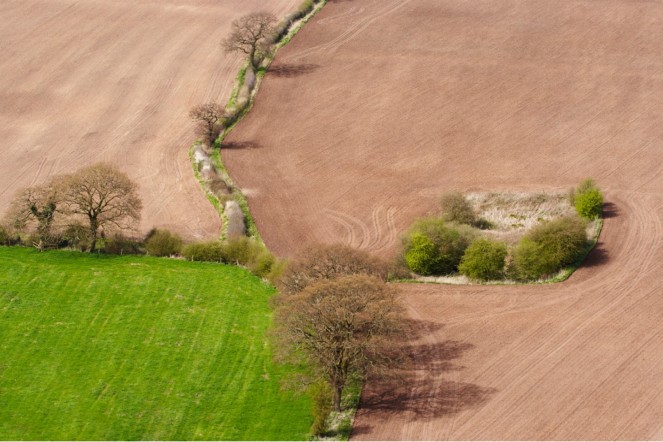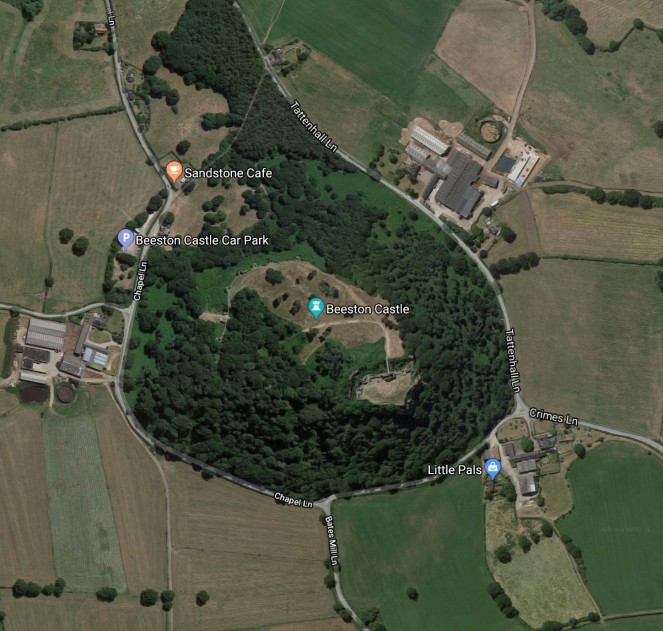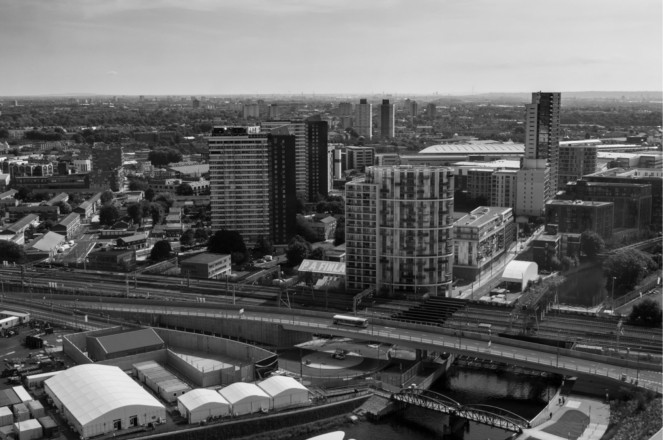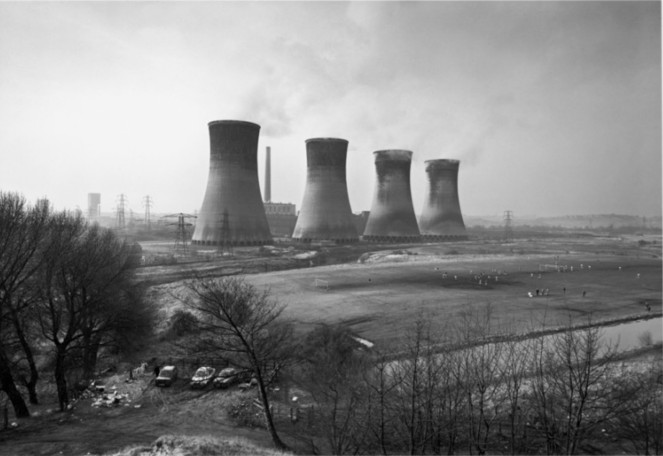What is their craft and how do they approach it in their work?
Kirsty Elson is a multimedia artist, however, she mostly creates driftwood sculptures. She usually collects the driftwood, other materials and found object from the beach. She is inspired by Cornish coast and her miniature cottage sculptures reflect this. Elson also uses some textiles to create her artwork – such as when making flags, deckchairs, clothing lines and other decoration that helps her sculptures to come to life. Her website can be found here.

Do they adhere to the ideas of Slow Design?
Since her sculptures are all individually handmade Elson definitely follows the principle of longer processes – from the collection of materials to the final touches. Also, she reuses materials, including things that would otherwise go to waste. Therefore her sculptures work with the environment and encourage people to use materials in multiple ways. Like products that are made using the principles of slow design, Elson’s pieces take a considerable amount of time to make and are generally more expensive than a mass-marketed product.
To what extent does this allow them to take risks, experiment and innovate?
Elson has her own business and can choose the pieces she sells, including when and how. This means that the pressure of making a certain amount is reduced and she can focus on quality and creativity. She has the freedom to experiment and be innovative because they are unique/one of a kind pieces. Kirsty had said that because each piece of driftwood is different, they will often give her new ideas and she is always finding new materials to experiment with.
By using found objects she pushes the boundaries of what can be perceived as art, generally you wouldn’t see driftwood, nails or textile scraps as anything other than what they are. However, Elson elevates them and demonstrates the vast possibilities of the textile and art world.

Is their story or the story of their work important? Why?
Since her work is inspired by the place she lives there is a sense of nostalgia, also I think many people have experienced a seaside holiday or visit so we are familiar with the small cottages that she depicts. Also, because she uses things people may have left on the beach, it makes you wonder about the stories behind these found objects. Elson definitely creates a sense of place with her work, particularly in regards to coastal living due to the small, weathered but aesthetic cottages she creates. Although she tends to prefer using her surroundings as inspiration she has made more specific pieces in the past. For example, a lady asked her to re-create pub the pub in which she met her husband, which obviously adds a special story to the piece. Each sculpture is created by Elson in her home and you can tell the time and effort that went into them. Also, you can imagine the journey and processes – from finding driftwood on the beach, being inspired by ideas to the building and addition of finishing details. You can listen to her talk about her work more here.
Do you value ‘craft’ and craftsmanship? Why or why not?
I definitely value craft & craftsmanship because I appreciate the creativity and of course the shows time and effort that goes into it. I think it shows a real passion and dedication, as well each item being more thoughtful than something mass-marketed. People who use craft in their work means that the final product is more unique and therefore often more special so it should be valued.
Is there room for craft in modern society?
Whilst I do think there is a need for the mass production of some things in order to produce the number of resources that are required, I also think there is room for craft in modern society. Due to technology advances, it is increasingly easy to produce things in large quantities which means they are often simpler in design and less special. Therefore I think we now appreciate craft and craftsmanship more since it’s something we don’t see as much. I tend to associate craft with decorative, gifts and special pieces because they seem more thoughtful and unique. Overall, I think it’s just important to support creativity.








.jpg)















